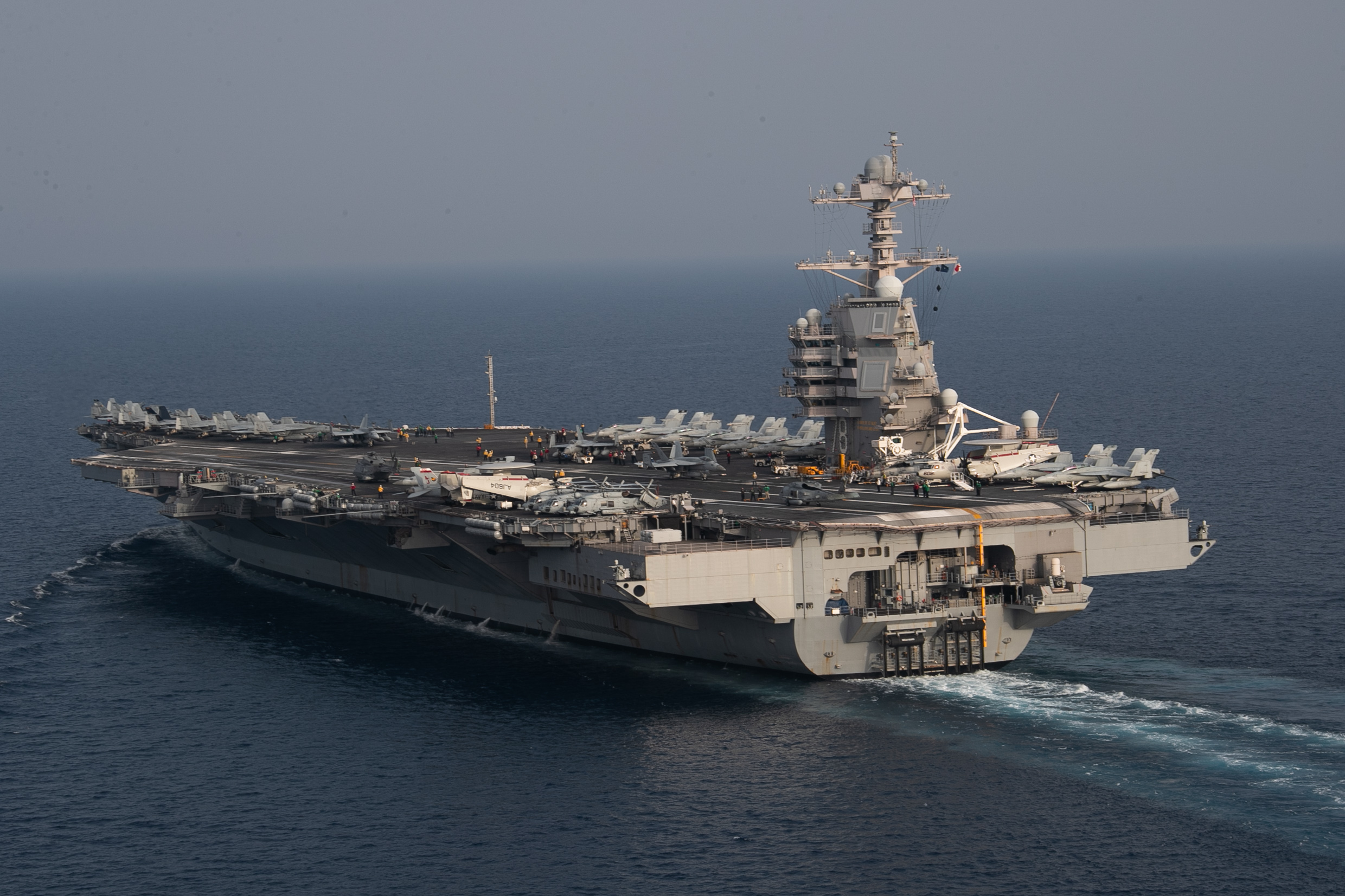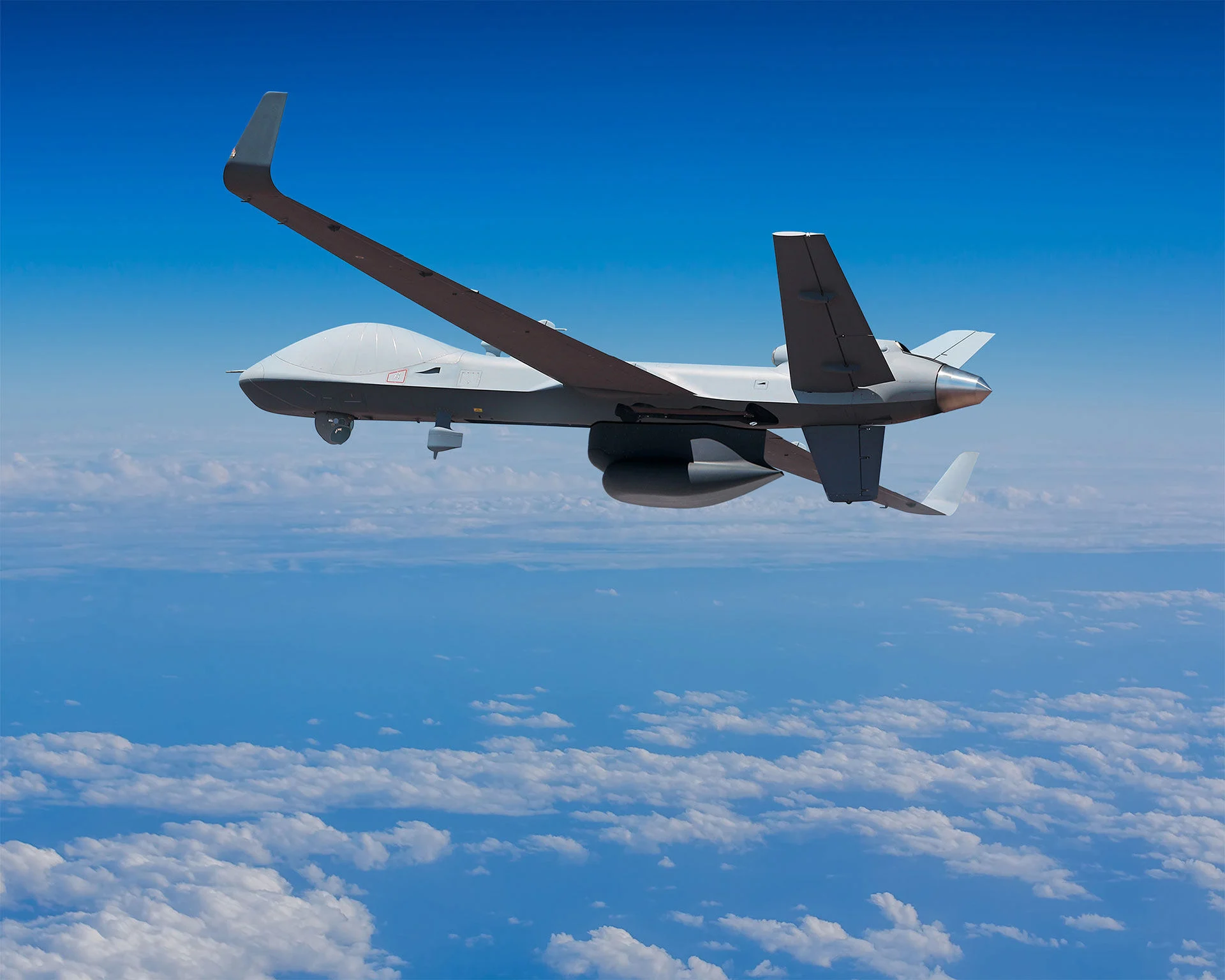
Turkey is building its first fully indigenous aircraft carrier, joining a small circle of NATO nations with such capability. It’s a step defense analysts say could elevate Ankara toward the ranks of traditional naval powers.
Here is how the NATO alliance’s advanced aircraft carriers compare.
United States
America’s newest Gerald R. Ford-class aircraft carriers are led by the USS Gerald R. Ford. The new fleet nuclear-powered “flattops”—10 are planned—is set to gradually replace the Nimitz class.
U.S. President Donald Trump oversaw the Ford’s commissioning in 2017. The $13.3 billion warship was first integrated into NATO in 2022 with joint naval exercises in the Atlantic and European waters.
The U.S. Navy says: “The USS Gerald R. Ford (CVN 78) is the most capable, adaptable, and lethal combat platform in the world.”
United Kingdom
Britain has two aircraft carriers of the Queen Elizabeth class, lead ship HMS Queen Elizabeth, commissioned in 2017, and HMS Prince of Wales, commissioned in 2019, together costing over $8 billion.
The Queen Elizabeth participated in U.S.-led anti-ISIS strikes in 2022. The Prince of Wales is currently on a monthslong deployment to the Indo-Pacific.
The British navy says of its carriers: “The largest and most powerful vessels ever constructed for the Royal Navy.”
France
Shortly after its commissioning, The FS Charles De Gaulle took part in Operation Enduring Freedom following the 9/11 attacks, during which it was stationed in the Arabian Gulf.
The De Gaulle displaces 42,000 tons, behind the Queen Elizabeth class at 65,000 tons and the Ford class at 100,000 tons.
The French navy says: “The naval air group, formed around the Charles de Gaulle aircraft carrier is the major vector for the power projection and air-sea space control missions carried out by the navy.”
Italy
The aircraft carrierITS Cavour is the Italian navy’s flagship and the first to operate F-35B jet fighters, since 2021. The 27,100-ton Cavour class also toured the Pacific last year.
The Italian navy says: “Considering her features, one can describe ITS Cavour as a fourfold ship: in fact she can be an aircraft carrier, an amphibious and logistics platform, a command and control unit, and a hospital ship.”
Turkey
Turkey, a rising NATO ally for its booming defense industry, is building the MUGEM class. Its first aircraft carrier is designed to carry drones, an industry where domestic Turkish defense companies have already thrived.
Turkey will reportedly cooperate with Spain to build a 60,000-ton, 935-foot flattop, potentially making it the largest aircraft carrier among European NATO members, although details are still scarce.
Spain does not operate a traditional aircraft carrier but has the SPS Juan Carlos I, a 26,000-ton landing helicopter dock and amphibious assault ship, which served as a design reference for Turkey’s MUGEM program.
Key Takeaways
Larger carriers carry more aircraft, fuel, and supplies for longer operations but come with higher costs, bigger crews, greater risk from advanced weapons, and trouble in tight or shallow waters.
Nuclear-powered carriers can operate for years without refueling, maintaining operational leverage, but carry much higher costs and maintenance demands. Most NATO allies use conventional carriers, which need frequent refueling and support, limiting time at sea
Carriers differ not just in size and aircraft capacity but also in speed, flexibility, escort needs, port access, and reliance on advanced technology, all shaping how they can project power worldwide.
Carrier Cooperation
France placed its aircraft carrier, the de Gaulle, under NATO command for the first time in last year’s Neptune Strike maritime vigilance exercise, one of the largest naval deployments of the alliance since Russia’s invasion of Ukraine.
Formal carrier cooperation within the alliance had previously been largely limited to a 2012 U.S.-U.K. joint statement aimed at ensuring their navies could work together in future crises.
Building on the French precedent, however, a report last year by the Center for Maritime Strategy, a Washington think tank, recommended that NATO expand carrier cooperation in order to address simultaneous crises, reduce the alliance’s reliance on the United States, and strengthen deterrence against Russia.
As tensions between the West and Russia continue over the Ukraine war, the center said: “A potential political benefit of expanding carrier cooperation within NATO is luring Turkey away from Russia.”
With Turkey now building its own advanced carrier, this goal could become more achievable, both politically and operationally.



